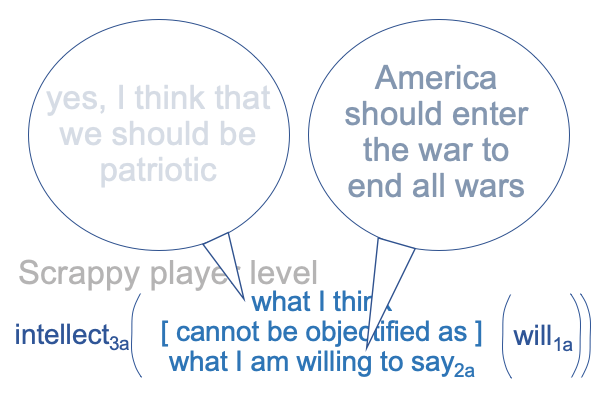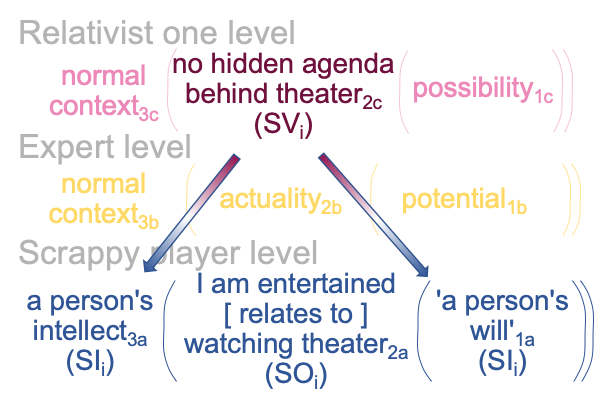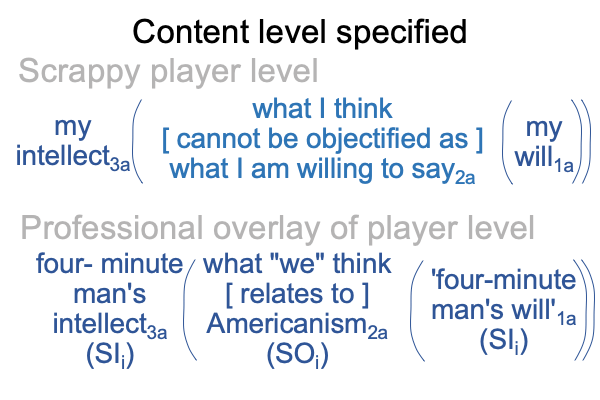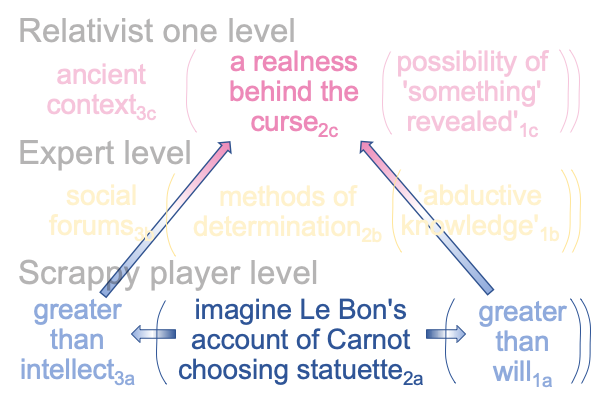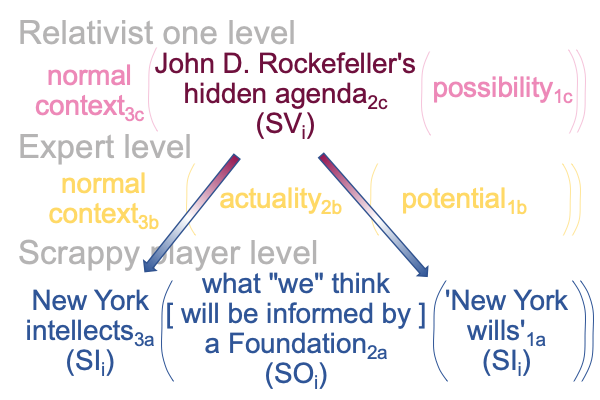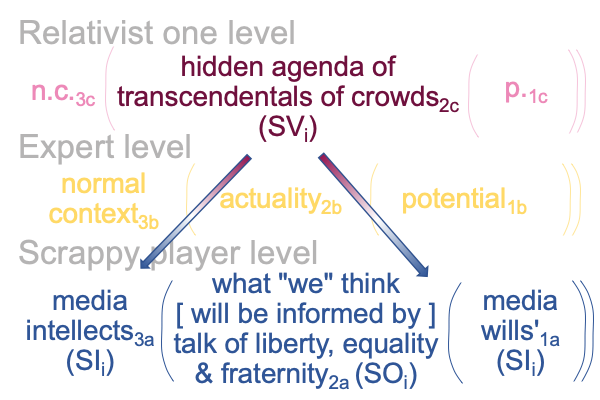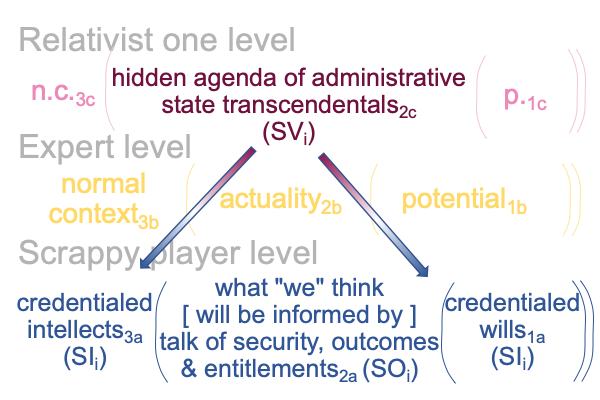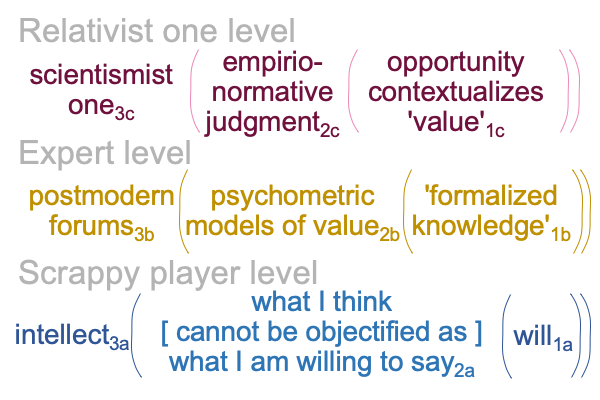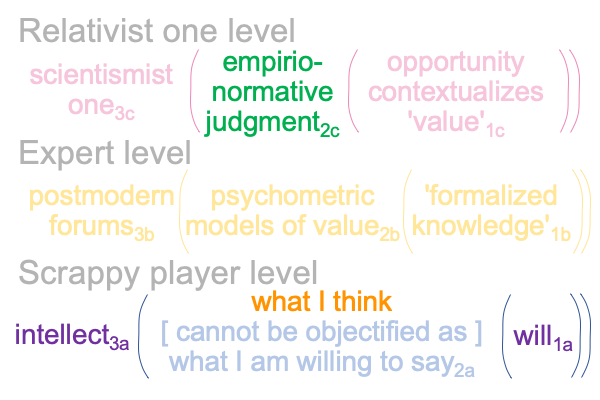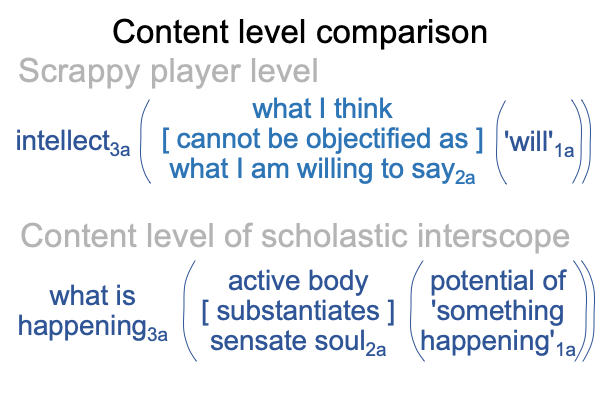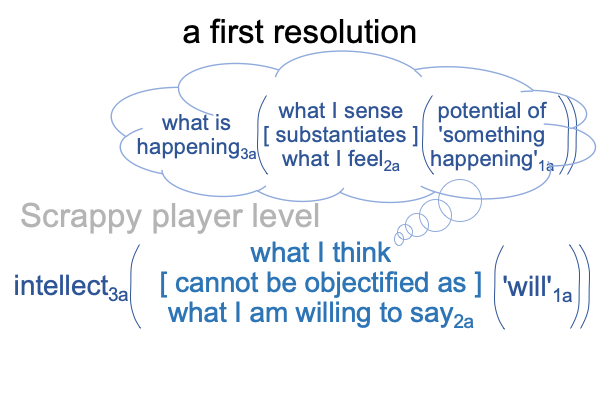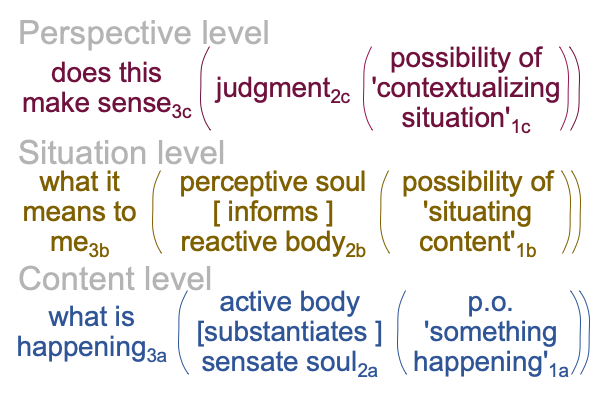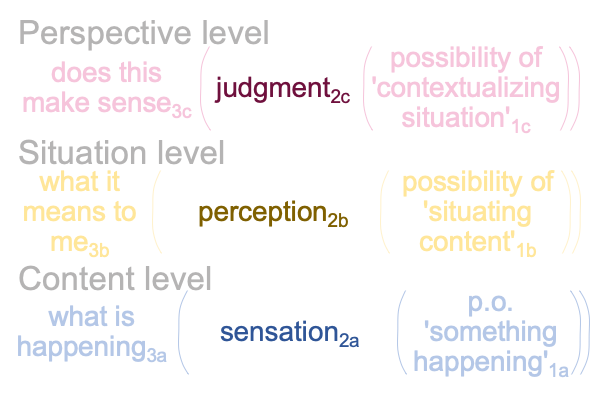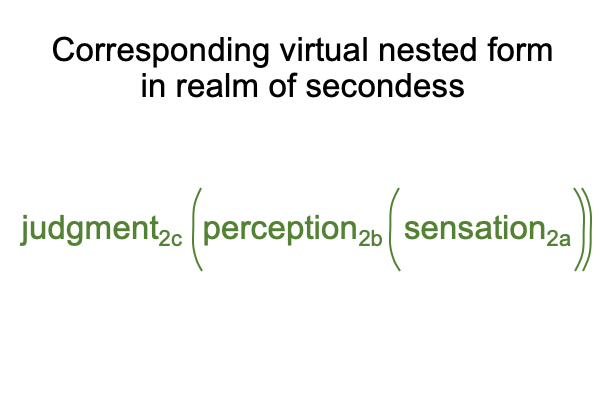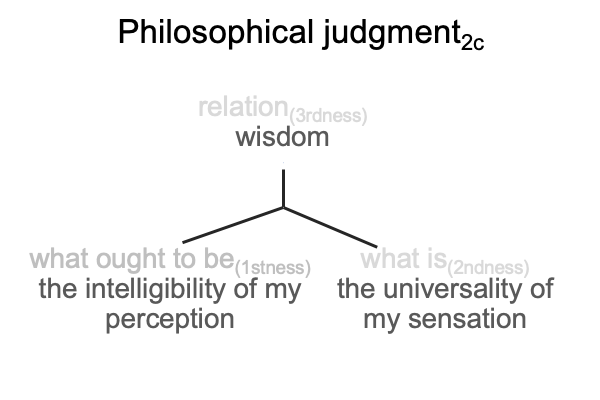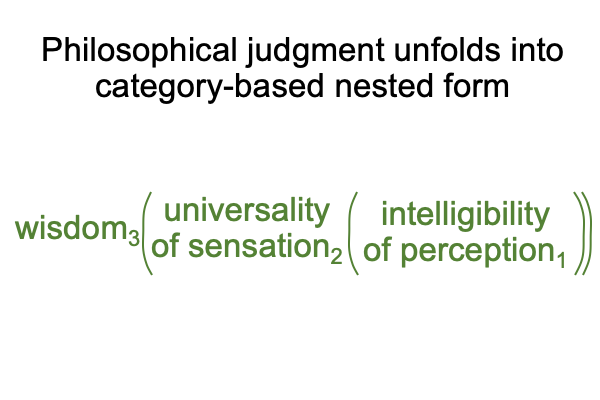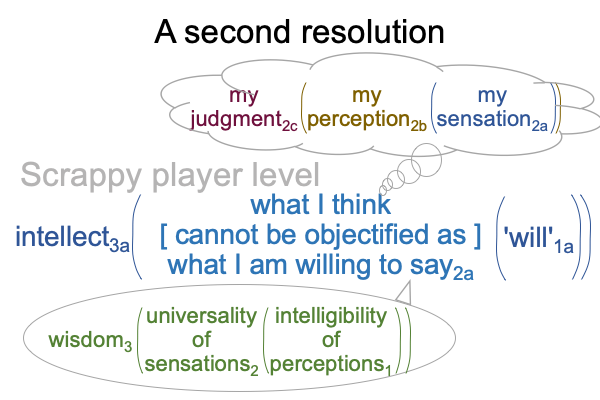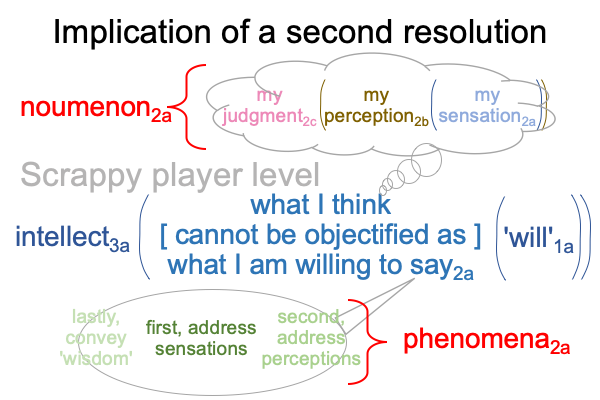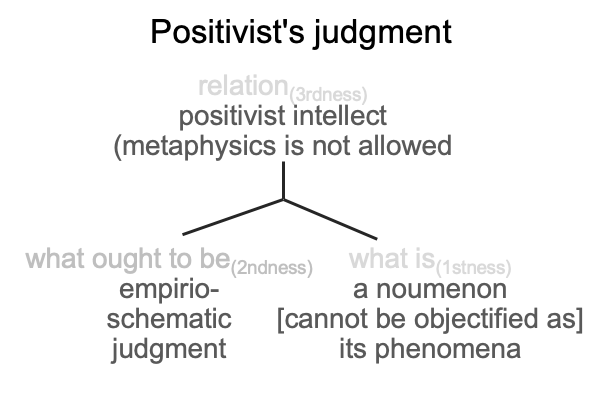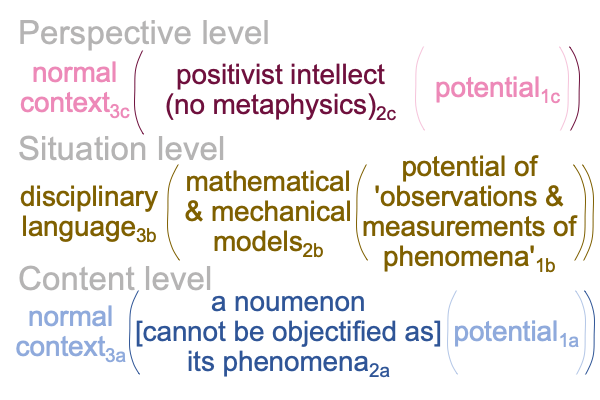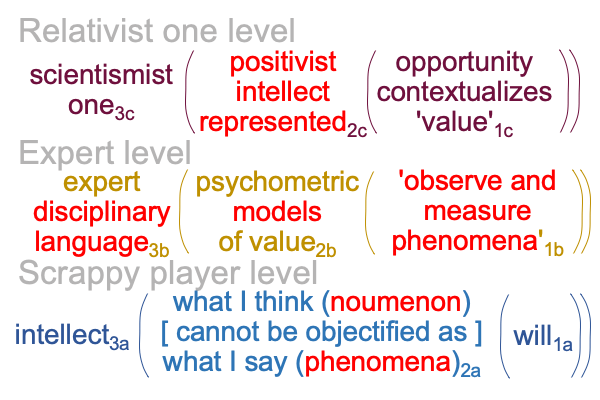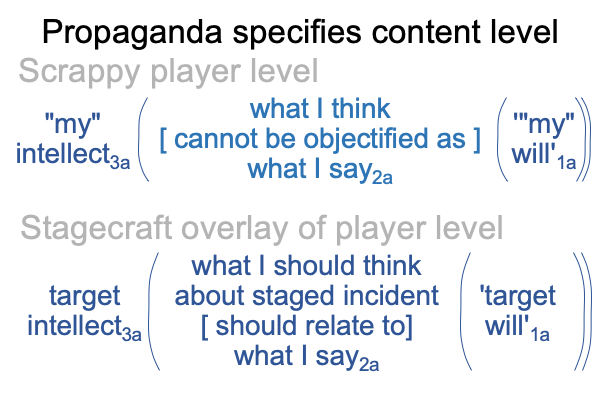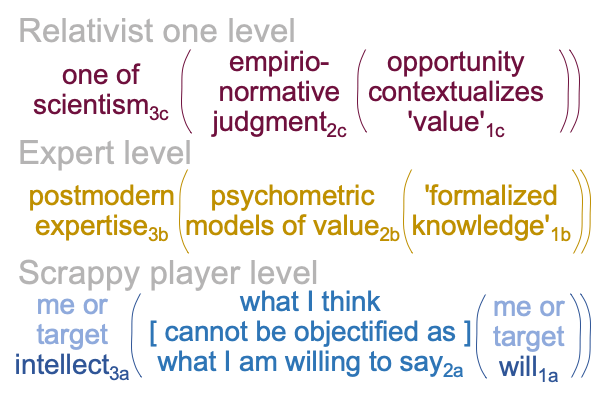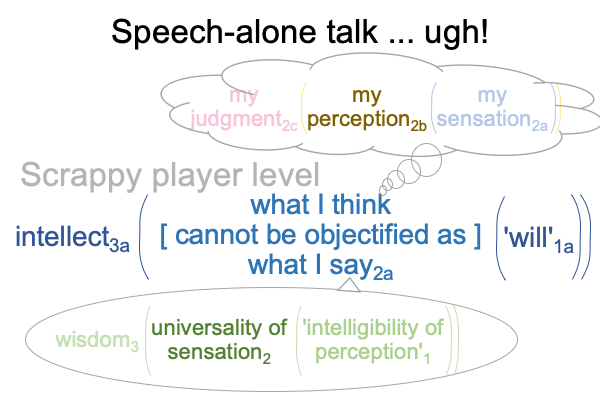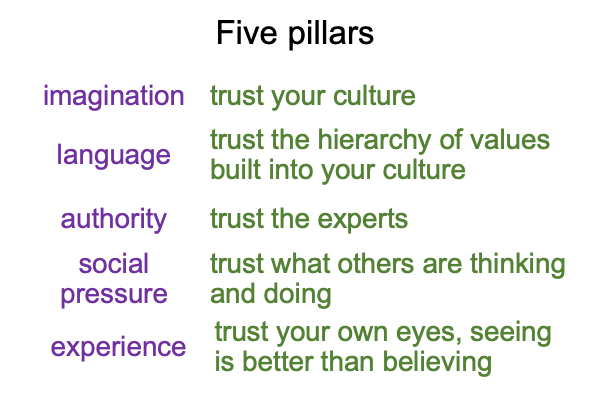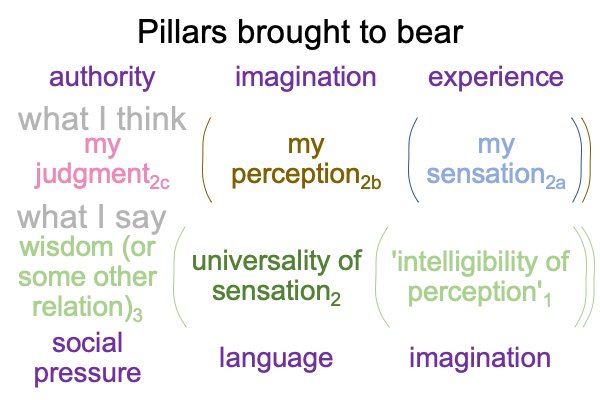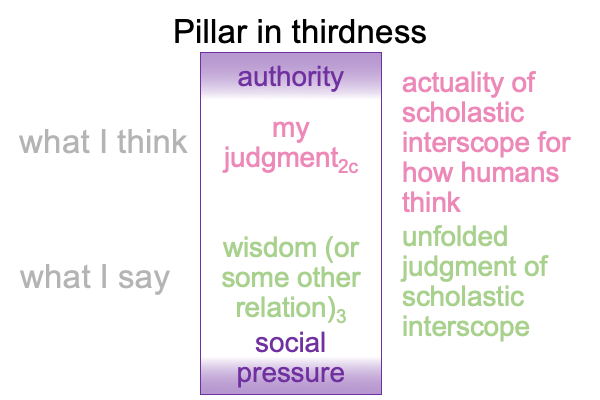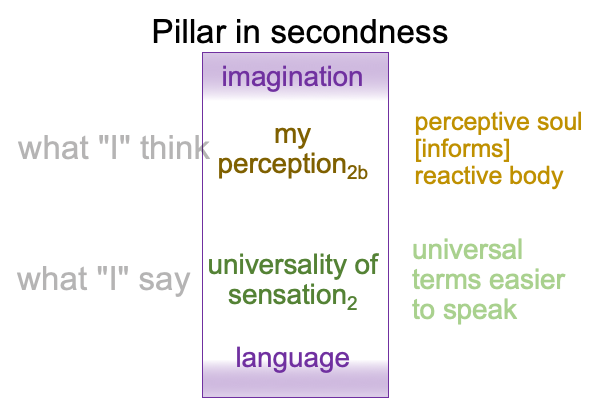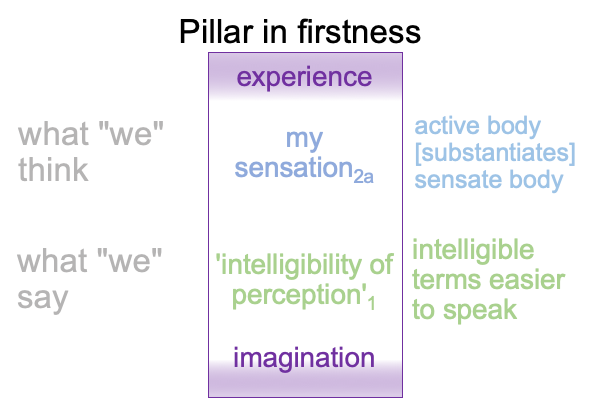Looking at Michelle Stiles’s Book (2022) “One Idea to Rule Them All” (Part 2 of 23)
0515 This book consists of an introduction, followed by twelve chapters.
The first chapter introduces key concepts in a narrative format.
0516 Here is my version of the story that the author tells.
In 1916, after campaigning against America’s entry into the Great European War, President Woodrow Wilson is re-elected. Four months after inauguration, Wilson declares war on Germany. Four days after that, Wilson forms a Committee on Public Information by executive order. Three years later, in 1920, the former chair of that committee, George Creel, publishes a book titled How We Advertised America: The First Telling of the Amazing Story of the Committee on Public Information that carried the Gospel of Americanism to Every Corner of the Globe.
World War I, the First Battle of the Enlightenment Gods: The Tragic War Among Naive Mercantilists (1914-1918) produces a public relations bonanza for America. America makes the world safe for democracy. At least, that is one of the slogans that George Creel advances in grand style and on a taxpayer-subsidized budget. Creel introduces western civilization to a new era of government-promulgated propaganda.
0517 What does George Creel offer?
Does he sell content, or a way to situate content, or a perspective on the situation?
This question dovetails into another question, asking, “How does social construction set the stage for subsequent sensible construction?”
The enlightenment gods are in charge of social construction. The experts are expected to perform the subsequent sensible construction. The scrappy players are supposed to be situated by the experts.
0518 Woodrow Wilson does not labor in service to the American Constitution. He is in service to an enlightenment god. To George Creel, that god is Americanism. Americanism is the patriotic fervor that Creel sells.
A question arises, “What is Creel really doing?”
0519 The interscope for the society tier comes in handy here. The interscope is developed in the chapter of presence in Razie Mah’s masterwork, How To Define The Word “Religion” (available at smashwords and other e-book venues).
There are three tiers to our current Lebenswelt of unconstrained social complexity.
520 Here is the big picture.
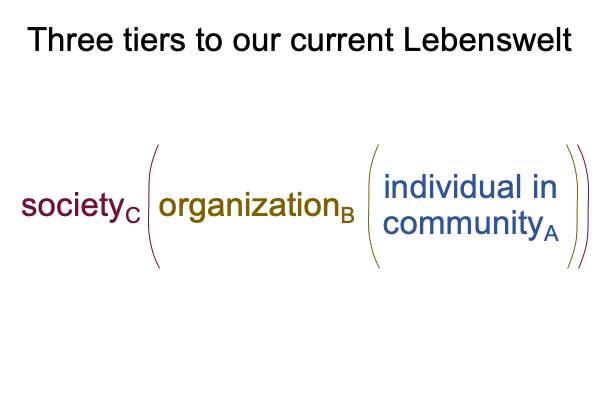
This nested form is undifferentiated. Each of these elements may expand into partially differentiated nested forms, producing a single three-level interscope, containing nine elements. Then, each of these elements may expand into fully differentiated nested forms, yielding three tiers of three-level interscopes, altogether composed of twenty-seven elements.
On top of that, some of the fully differentiated nested forms may expand into more refined interscopes, some of which are presented in the ten primers accompanying the masterwork in the series titled A Course on How To Define the Word “Religion” (by Razie Mah, available at smashwords and other e-book venues).
Here is a picture of how the undifferentiated societyC tier expands into a partially differentiated category-based nested form.
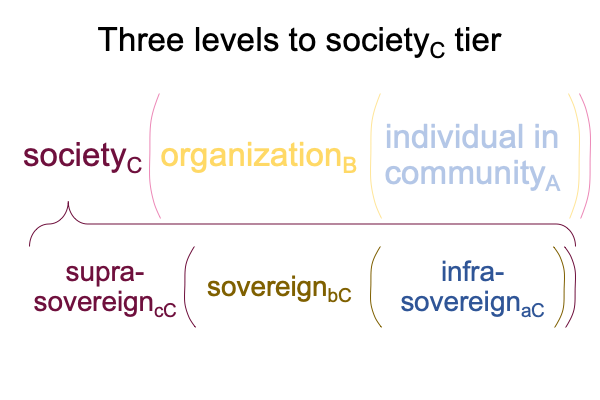
0521 Here is a diagram of the fully differentiated interscope for the societyC tier.
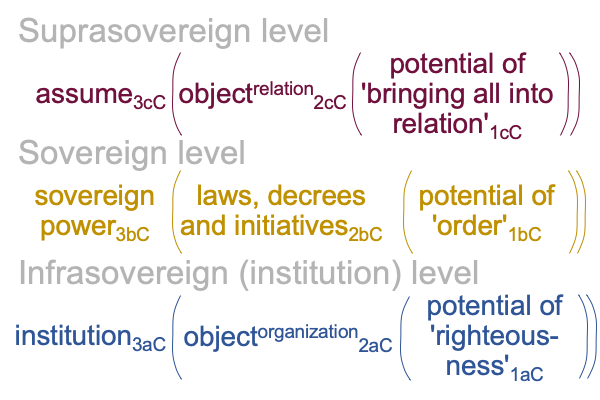
0522 The “Americanism” that Creel sells is an organizational objective2aC, geared towards securing citizen “buy in” for intervention into Europe’s Great War, even though America’s founding fathers warn against precisely this type of foreign entanglement. Wilson forms the Committee on Public Information in order to substitute this objectorganization2cC for the Constitution2c, the objectrelation2c established with America’s historic founding.
0523 What gives President Wilson such daring?
Fifty years before Wilson’s election, the Constitution2c is severely challenged by the War of Southern Rebellion and the War of Northern Aggression, the winner of which turned out to be the federal government2bC.
The history is told as a fairy tale in point 0005 of An Archaeology of The Fall.
0524 In 1916, the person occupying the throne of the executive branch happens to be Woodrow Wilson, formerly President of Harvard University.
0525 Wilson empowers Creel to paper over the objectrelation2cC of the American Constitution (as well as his own campaign promise not to enter the European war2aC) with a poster of Americanism2aC. Creel does just that. He institutes an interventional sign-relation. A “vision” that America must enter the Great European War2c (SVi) stands for presentations of propaganda posters, films, speeches and more2a (SOi) in regards to the intellects3a and wills1a of people who are paid by Creel to propagandize (SIi).
Here is a picture.
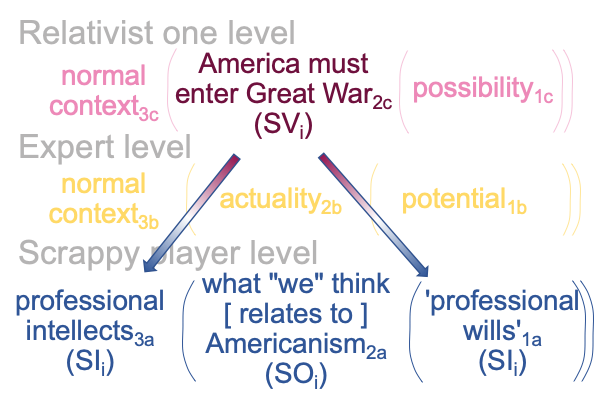
0526 The professionals handling Creel’s efforts are the forerunners of experts who think that they speak for the people on the scrappy player level.
All that the weak-minded citizen needs to do is to take what the propaganda says as his or her own opinion.
